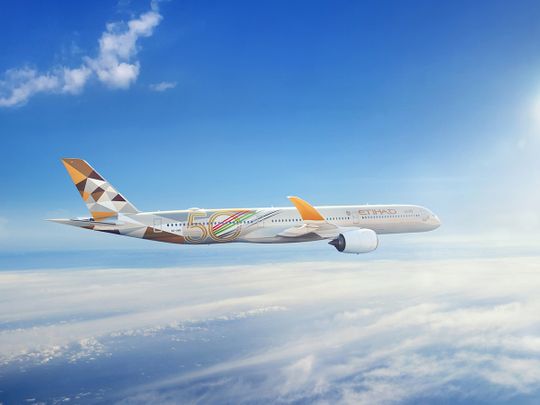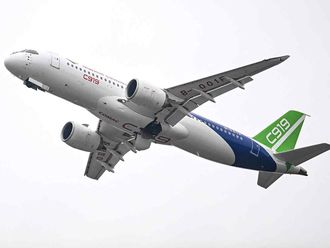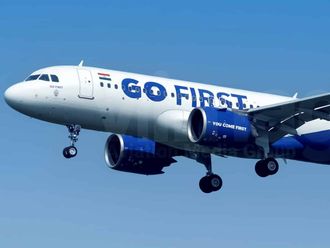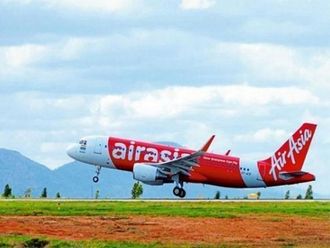
Dubai: Etihad Airways of Abu Dhabi is clocking in more progress with its ‘sustainable flight testing programme’, running 42 flights over five days to test operational efficiencies, the technology and procedures reducing carbon emissions.
This included 22 ‘contrail prevention flights’ over three days. “We believe this is the most intensive sustainability flight testing programme ever conducted, the results of which will contribute to reducing aviation’s carbon emissions and environmental impact as the learnings are implemented into standard airline operations across the industry,” said Tony Douglas, Group CEO, Etihad Aviation Group.
The Sustainable Aviation Fuels (SAF) are more than six times more expensive than conventional aviation fuels currently, and ‘incredibly difficult to the point of impractical to procure’. Yet, both SAF and Lower Carbon Aviation Fuel (LCAF) are needed for aviation’s energy transition.
“This challenge needs policy changes from governments, continued R&D, supply chain enhancements and refining improvements,” said Douglas. “Some of the technologies and operational efficiencies we have tested can be implemented today and we’re well in the process of putting these innovations into standard operational procedures, which we hope to see replicated across the industry.
“Some technologies are still in their infancy and we’ll continue to work with our partners to test and develop these. However, there are a number of impactful solutions which are ready to go, but require an industry and regulatory response to become practical, that the industry needs to raise to the challenge for.”
Etihad’s newest aircraft, the Sustainable50 A350-1000, officially became the first A350 to operate as an EcoFlight. Etihad already runs a ‘Greenliner’ programme as part of its EcoFlights. “Operating EcoFlights on the A350-1000 is a big step forward as an example of the world’s two largest aircraft manufactures working in tandem for the mutual objective of aviation decarbonisation,” the CEO added.
“The other big area - which has a simple solution but requires fundamental restructure to the way things currently work - is for the industry, traffic controllers and regulators to modernize flight paths for controlled climbs and continuous descent,” said Douglas. “In our demonstration EcoFlights we’ve been able to take at least 40 minutes out of flight times and reduce the CO2 content by around six tonnes, which is incredible.”
The data from Etihad’s Earth Day EcoFlight and Contrail flight testing programme will be formulated and analysed, to be added to the understanding it has already built up.
• Contrails prevention: When water vapour is ejected from the engine exhaust into the sufficiently cold air, it condenses, creating tiny ice crystals. In certain atmospheric conditions, these ice crystals create layers of cirrus clouds, causing a ‘blanket’ effect which keeps warmer air trapped in the lower atmosphere. Working with UK-based SATAVIA, Etihad avoids flying into these areas, reducing non-CO2 emissions.
• Variable speed during the cruise: Pilots use specific software that suggests an optimal cruise speed based on actual atmospheric conditions and the weight of the aircraft. The fuel savings are about 1.5 per cent for each flight.
• Reduced flaps for landing: When landing on sufficiently long runways, using reduced flaps reduces the drag and requires less thrust and less fuel consumption during the approach phase. It reduces the noise disturbance near airports as well. This results in approximately 30 kilograms of fuel-saving for each approach.
• Reduced engine taxi: Most of the ground movements are conducted utilizing only the power of one engine. By shutting down a single-engine of aircraft when it lands, Etihad reduced carbon emissions produced by 20-40 per cent.












